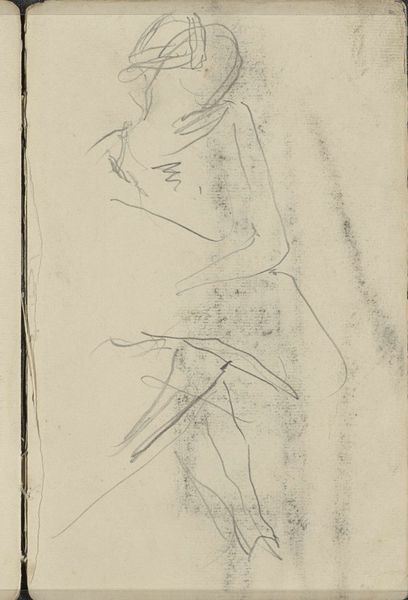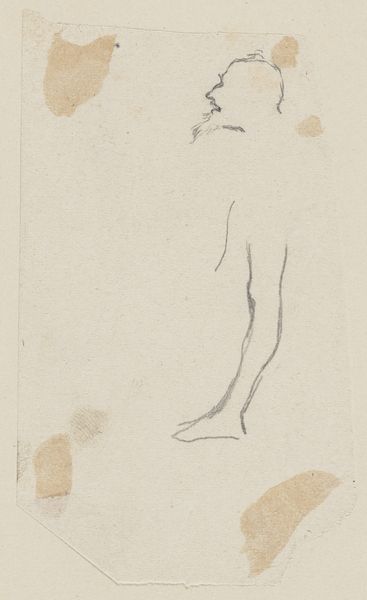
#
portrait
# print
#
asian-art
#
ukiyo-e
#
nude
Dimensions: 71.1 × 10.2 cm (28 × 4 in.)
Copyright: Public Domain
Editor: So, here we have "Woman dressing after a bath" by Torii Kiyomitsu, created sometime between 1760 and 1764. It's a Japanese woodblock print, a 'ukiyo-e.' What strikes me most is the emphasis on the fabrics - the intricate patterns seem almost more important than the figure herself. How would you approach interpreting this work? Curator: I'm immediately drawn to the process of its creation. This print speaks volumes about the collaborative nature of ukiyo-e production, a fascinating intersection of artistry and craft. Consider the labor: the artist's design, the woodblock carver's skill, the printer's careful layering of colors. These weren't isolated acts of genius but parts of a complex system of workshops and specialized labor. Editor: That’s an interesting point – I usually think of the artist as a solitary figure. How did this production system influence the art itself? Curator: Mass production and consumption. Ukiyo-e emerged as a commodity catering to a burgeoning merchant class in Edo. These prints weren't precious, unique objects; they were relatively affordable and circulated widely. And look at the subject - a beautiful woman, likely a courtesan, shown in a private moment. This speaks to the market forces at play. Demand shaped the themes, styles, and ultimately, the aesthetics. The very materiality of the print—the paper, the inks, the carved woodblocks—are central to understanding its place in society. Editor: So, instead of seeing this as simply a beautiful image, you see it as a product of its time, shaped by its materials, production process, and consumption? Curator: Exactly. To truly understand art, we need to look beyond individual genius and examine the systems and materials that give it form and meaning. Consider too, how it challenges our notion of "high art." Editor: That's definitely a new way for me to appreciate this piece. I'll think differently about printmaking after this! Curator: Likewise, your initial observation regarding the fabric made me reconsider the symbolism behind clothing, its manufacturing and use in everyday life, in 18th Century Japan.
Comments
No comments
Be the first to comment and join the conversation on the ultimate creative platform.













